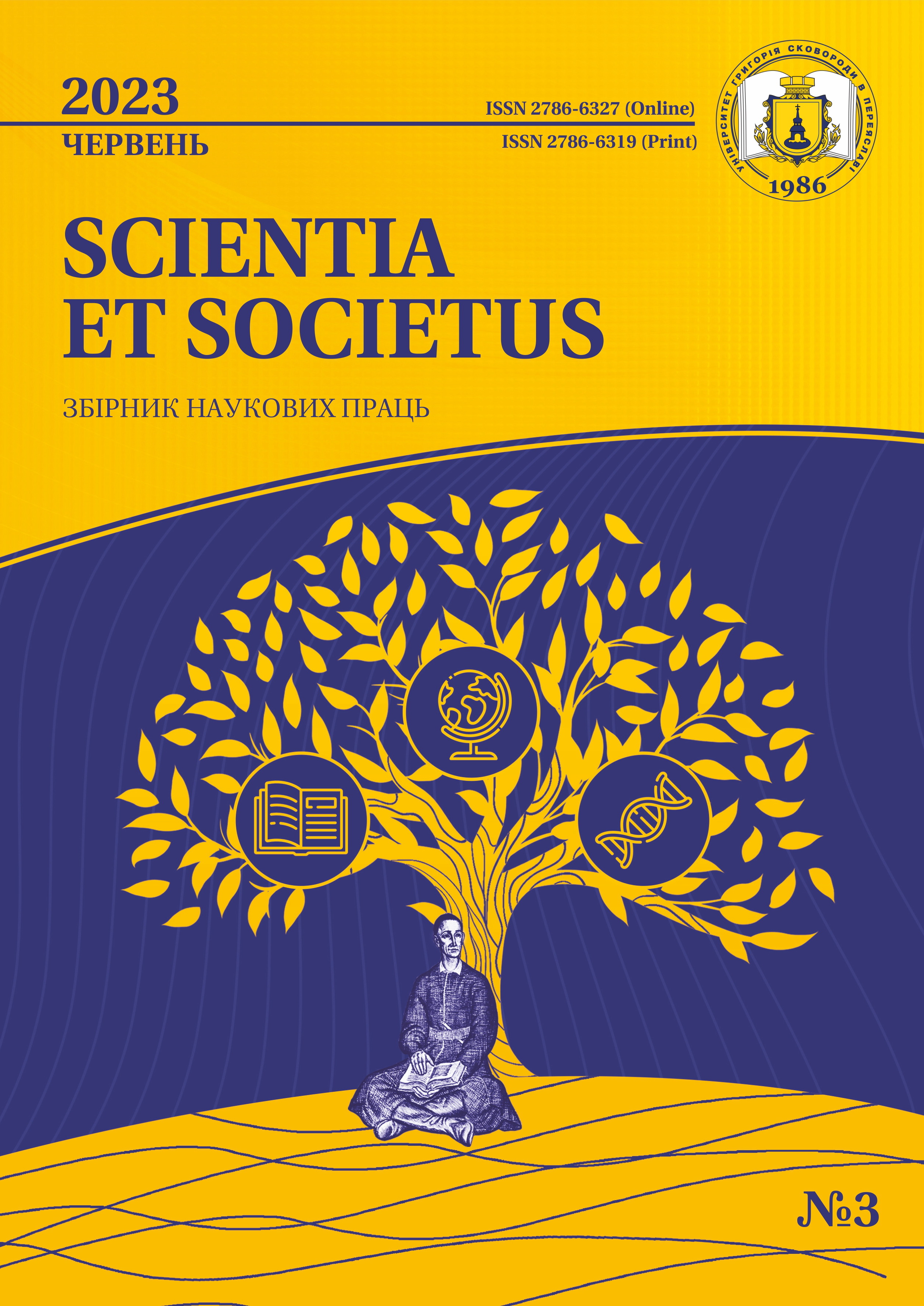METHODOLOGICAL PRINCIPLES OF STUDYING THE INFLUENCE OF INTERVAL TRAINING PROGRAM ON PHYSICAL REHABILITATION OF STUDENTS AFTER KNEE SURGERY: A RANDOMIZED CONTROLLED RESEARCH
DOI:
https://doi.org/10.31470/2786-6327/2023/3/135-142Keywords:
knee joint, injury, rehabilitation, recovery, training programAbstract
The article describes the study of the influence of a specially designed interval training program as an integral part of the cycle of disciplines «Therapeutic Physical Education. Massage» on the physical rehabilitation of part-time students after knee joint surgery. In the process of writing the article, a randomized controlled trial (RCT) model was used, when participants were randomly assigned to the main group, which received an interval training program, or to the control group, which received standard rehabilitation. The sample consisted of individuals who had undergone knee surgery and were in the early stages of rehabilitation. The interval training program was carefully designed with a specific intensity, duration, frequency, and progression of exercises. The control group followed a standard rehabilitation protocol. Objective measures such as knee range of motion, muscle strength, functional capacity, and pain level, as well as patient-reported outcomes, were used to evaluate the impact of the intervention. The study results showed significant improvements in the intervention group compared to the control group. Participants in the interval training group demonstrated increased muscle strength, improved functional capacity, and reduced pain during the rehabilitation period after knee surgery. These results indicate that the inclusion of an interval training program in the rehabilitation process after knee surgery can yield positive results. An interval training program can play a useful role in improving physical recovery, functional capacity, and pain reduction in individuals who have undergone knee surgery. Further research is needed to investigate the optimal characteristics of interval training programs, including duration, intensity, and progression, to maximize the benefits for postoperative knee rehabilitation. In addition, long-term studies are needed to assess the sustainability of observed improvements and the potential impact on long-term functional outcomes and quality of life. Therefore, we hope that the results of our study will be used to further improve physical rehabilitation methods after knee surgery, as well as to increase understanding of the processes occurring in the body during physical rehabilitation.
References
American College of Sports Medicine. (2018). ACSM’s guidelines for exercise testing and prescription (10th ed.). Wolters Kluwer Health. 2. Brukner, P., & Khan, K. (2017). Clinical sports medicine (5th ed.). McGraw-Hill Education. 3. Emery, C. A., & Meeuwisse, W. H. (2016). The effectiveness of a neuromuscular prevention strategy to reduce injuries in youth soccer: a cluster-randomised controlled trial. British Journal of Sports Medicine. 50(7). Pp. 421–428. 4. Faigenbaum, A. D., & Myer, G. D. (2010). Resistance training among young athletes: safety, efficacy and injury prevention effects. British Journal of Sports Medicine. 44(1). Pp. 56–63. 5. Frizziero, A., Trainito, S., Oliva, F., Nicoli Aldini, N., Masiero, S., & Maffulli, N. (2017). The role of eccentric exercise in sport injuries rehabilitation. British Medical Bulletin, 123(1), 61–72. 6. Hewett, T. E., Ford, K. R., Hoogenboom, B. J., & Myer, G. D. (2010). Understanding and preventing ACL injuries: current biomechanical and epidemiologic considerations-update 2010. North American Journal of Sports Physical Therapy. 5(4). Pp. 234–251. 7. Myer, G. D., Ford, K. R., & Hewett, T. E. (2006). Rationale and clinical techniques for anterior cruciate ligament injury prevention among female athletes. Journal of Athletic Training. 41(4). Pp. 385–392. 8. National Athletic Trainers’Association. (2013). Position statement: prevention of pediatric overuse injuries. Journal of Athletic Training. 48(2). Pp. 206–220. 9. Pfeiffer, R. P., & Shea, K. G. (2017). Taping and bracing in the prevention and treatment of sport-related injuries. Clinics in Sports Medicine. 36(3). Pp. 647–662. 10. Wilkerson, G. B., & Colston, M. A. (2018). Rehabilitation of shoulder injuries in competitive swimmers. Clinics in Sports Medicine. 37(3). Pp. 455–466.











